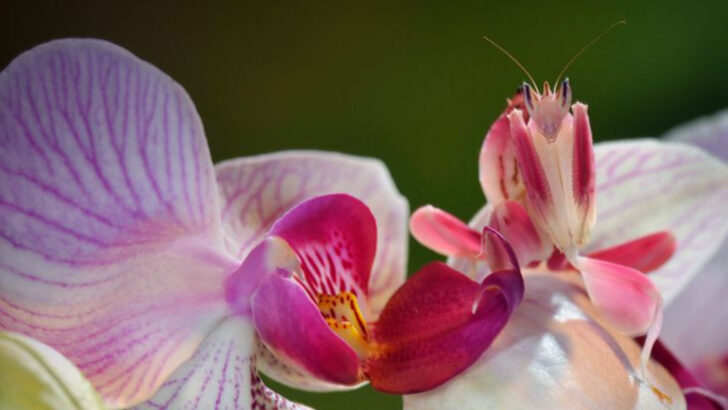They vanish right before your eyes—and they’re not magic. Some creatures have taken the art of disappearing to the next level. These are the true shape-shifters of the animal kingdom, blending into tree bark, melting into sand, or mimicking leaves so perfectly they might as well be invisible. Camouflage isn’t just for hiding—it’s for surviving. For these animals, looking ordinary is their greatest superpower. Whether they’re escaping predators or sneaking up on prey, their visual tricks are as clever as they are jaw-dropping. You won’t believe how some of these animals pull it off… or how close you might’ve come to stepping right over one.
Leaf-Tailed Gecko
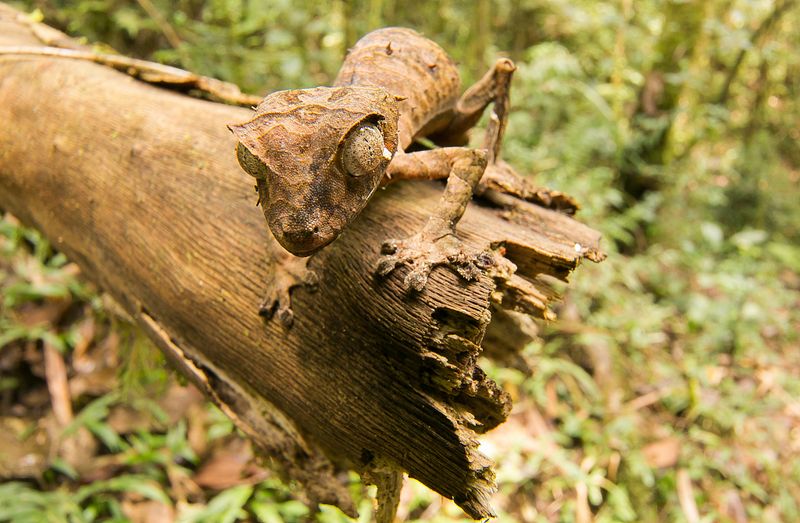
The leaf-tailed gecko is a master of disguise. With a body that mirrors the delicate veining and color of a dead leaf, it’s nearly impossible to spot when it’s perched on a tree branch. This Madagascan native uses its tail to complete the illusion, appearing just like a dried leaf.
Its ability to flatten its body against surfaces and remain motionless makes it a challenging find for predators. Did you know? These geckos also have the ability to mimic the texture of their surroundings, fooling even the keenest eyes in their forest habitat.
Mimic Octopus
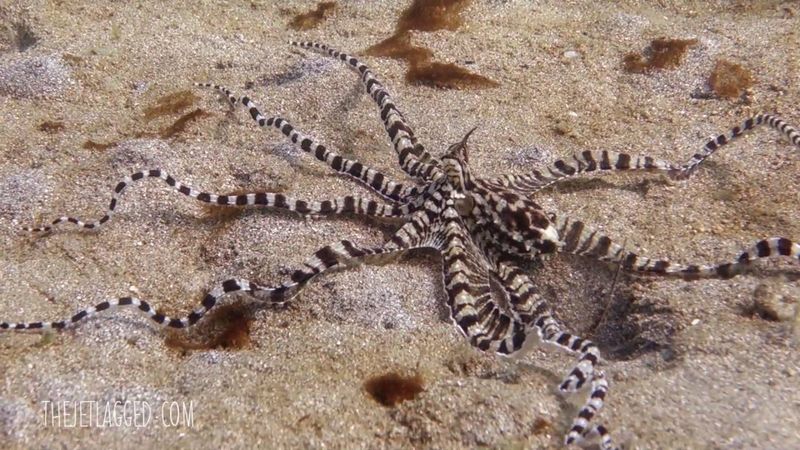
With an unprecedented ability to impersonate multiple marine species, the mimic octopus is the ocean’s shapeshifter. Found in the tropical waters of Indonesia, it can transform its appearance to resemble creatures like lionfish and even sea snakes.
Its artistry in mimicry is not just about color; it changes its movements to match its chosen disguise. This octopus intelligently selects which species to imitate based on threats or opportunities, making it a fascinating subject of study for marine biologists.
Peppered Moth
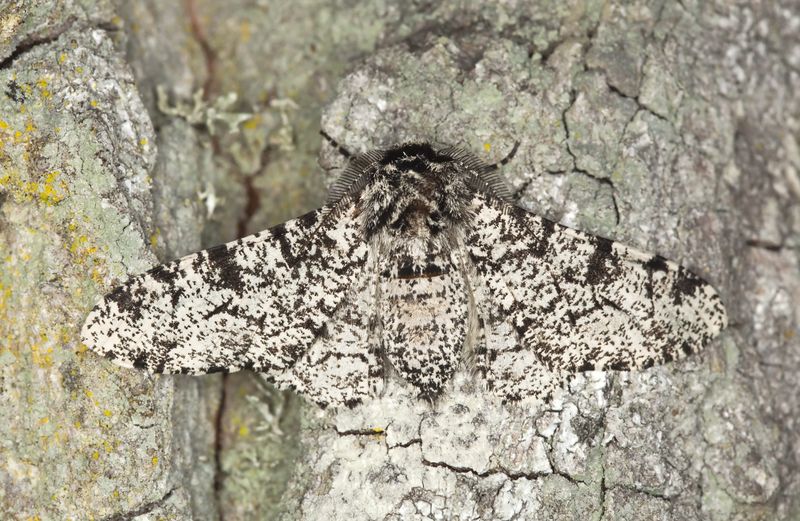
The peppered moth is a textbook example of natural selection at work. During the Industrial Revolution in England, its coloration shifted from light to dark as soot darkened the trees, helping it remain hidden from predators.
Today, both light and dark varieties exist, showcasing an incredible evolutionary adaptation. With wings that emulate the speckled pattern of lichen-covered bark, this moth remains virtually unseen by birds looking for a meal.
Arctic Hare
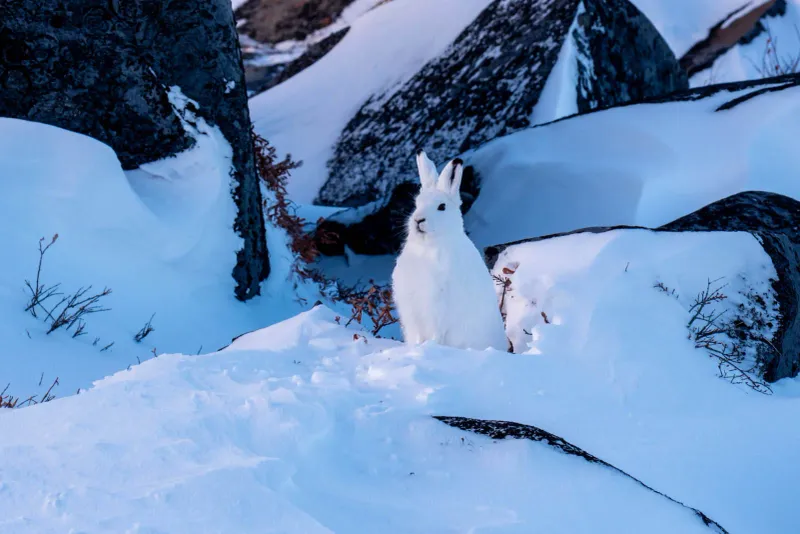
In the harsh, frozen expanses of the Arctic, the arctic hare relies on its stunning white coat to avoid detection. This seasonal camouflage allows it to blend perfectly with the snow, evading predators like wolves and foxes.
Come summer, their coat changes to a grey-brown to match the tundra’s rocky terrain. This hare’s adaptability is a testament to nature’s ingenuity, ensuring its survival in one of the planet’s most extreme environments.
Leaf Insect
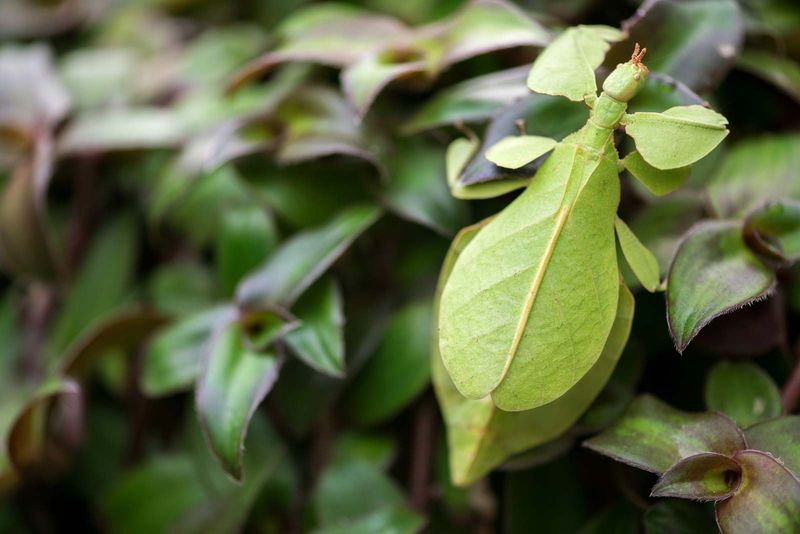
Leaf insects are living proof that nature takes mimicry to an extreme level. Found in the rainforests of Southeast Asia, they appear indistinguishable from real leaves. Their bodies are complete with veins and spots that imitate leaf damage.
This deception extends to their movements, swaying gently as if moved by the breeze. Such an elaborate disguise protects them from predators, allowing them to live and feed among the foliage unnoticed.
Common Potoo
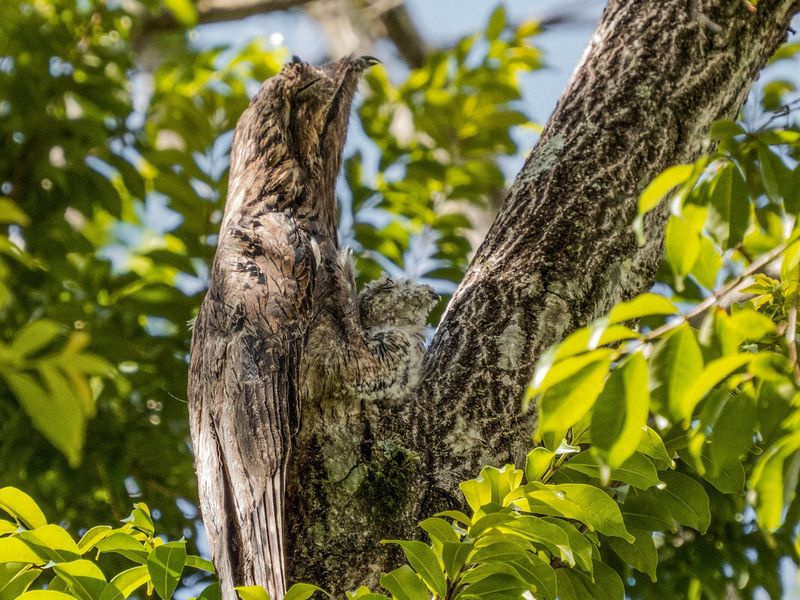
The common potoo is a nocturnal bird that relies on its camouflage to remain unseen during the day. Native to Central and South America, its mottled grey-brown plumage mimics the appearance of tree bark.
During daylight hours, it perches motionless, resembling a broken branch. Its large eyes help it hunt at night, but during the day, those eyes remain closed, making it even harder to detect by potential threats.
Orchid Mantis
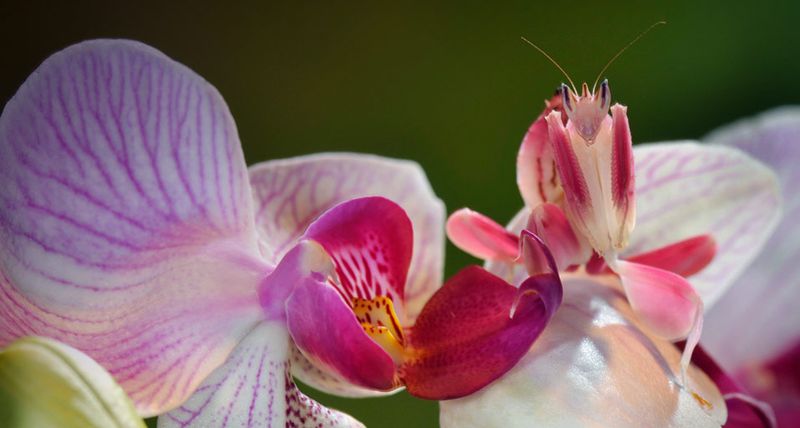
The orchid mantis is a marvel of evolutionary camouflage. Sporting colors and shapes that mimic orchid flowers, it lures unsuspecting prey right to its grasp. Found in the lush jungles of Southeast Asia, its appearance is both a defense mechanism and a hunting strategy.
This insect doesn’t just look like a flower; it behaves like one, swaying gently in the breeze to complete the deception. Such a sophisticated disguise makes it both a striking and effective predator in its floral habitat.
Cuttlefish
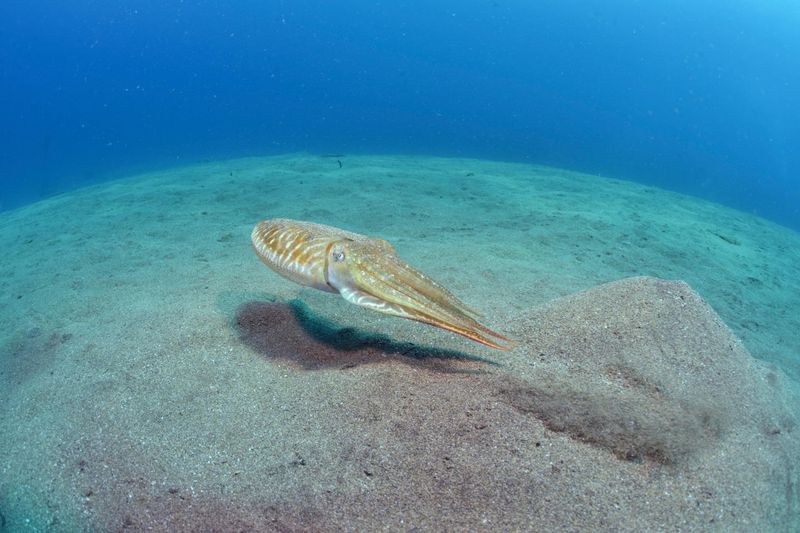
Cuttlefish are adept at instant transformation, thanks to their unique skin cells. These cephalopods can alter both color and texture to blend into different environments, such as coral reefs or sandy ocean floors.
Their ability to change appearance in the blink of an eye is used both for camouflage and communication. Amazingly, cuttlefish can even replicate the shifting patterns of light underwater, making them elusive to both predators and prey.
Stick Insect
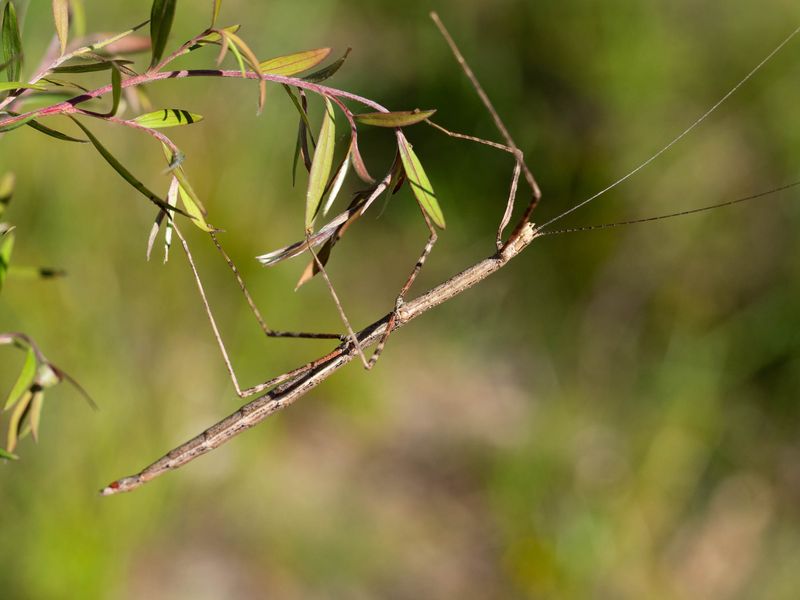
Stick insects are the ultimate masters of disguise. With bodies that mimic the appearance of twigs or branches, they are nearly invisible to both predators and human observers. Found in various regions, including Australia, their elongated form and coloration blend seamlessly with their arboreal surroundings.
Even their movements, slow and deliberate, resemble the swaying of a branch in the wind, enhancing their camouflage. This remarkable adaptation allows them to remain undetected, ensuring their survival in the wild.

